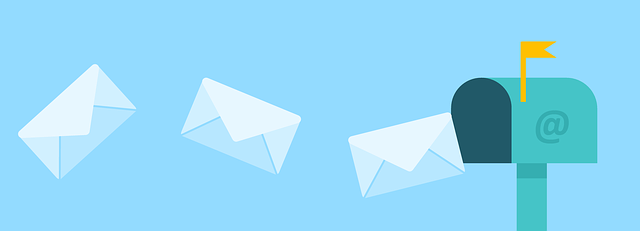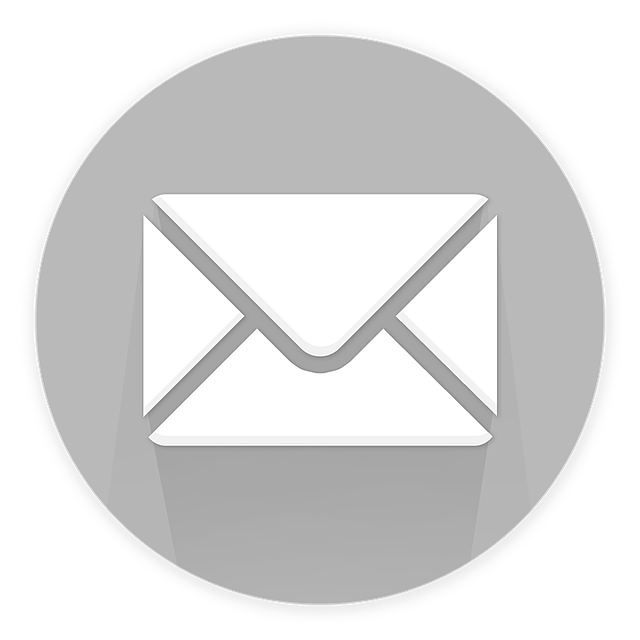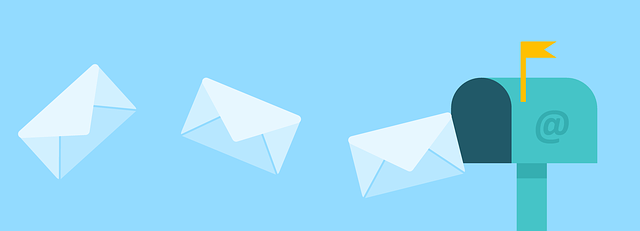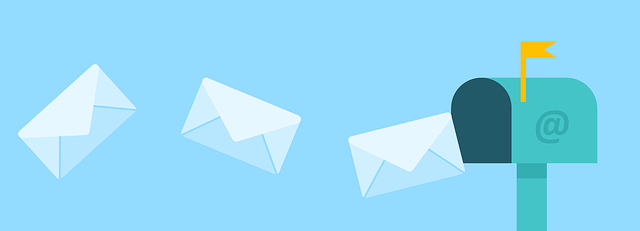Did you know that email marketing has an average ROI of $38 for every dollar spent? That’s a staggering 3,800% return on investment! As a nonprofit organization, you can’t afford to ignore the power of email marketing. It’s a cost-effective way to connect with your supporters, build strong relationships, and drive donations.
But with so many emails flooding inboxes every day, how can you ensure that your messages stand out? In this article, we will share 10 essential email marketing tips specifically tailored for nonprofits. From crafting compelling subject lines to personalizing your content, optimizing for mobile devices, and measuring your results, these tips will help you effectively engage with your audience and achieve your fundraising goals.
So, let’s dive in and discover how to make your nonprofit’s email marketing strategy a success!
Key Takeaways
- Craft compelling subject lines to increase email open rates and grab readers’ attention.
- Personalize email content to establish a deeper connection with recipients and tailor messages based on individual interests and preferences.
- Implement segmentation strategies and email personalization to engage recipients and send targeted emails based on specific criteria.
- Optimize emails for mobile devices to reach the audience anywhere, anytime and ensure a successful email marketing campaign.
Craft Compelling Subject Lines
Crafting compelling subject lines is essential for grabbing your readers’ attention and increasing your email open rates. In a world filled with overflowing inboxes, you need to create urgency and entice your audience to click on your emails.
One way to achieve this is by using power words that evoke curiosity, such as ‘limited time offer’ or ‘exclusive invitation.’ Additionally, A/B testing your subject lines can help you determine which ones resonate best with your audience. Experiment with different variations and track the open rates to find the winning formula.
Once you’ve mastered the art of subject lines, it’s time to personalize your content. By tailoring your messages to the individual interests and preferences of your recipients, you can establish a deeper connection and foster stronger relationships.
So, let’s delve into the next step of email marketing: personalizing your content.
Personalize Your Content
Tailoring your message to match the interests and needs of your audience is key to creating impactful content for your nonprofit emails. By implementing segmentation strategies and email personalization, you can effectively engage your recipients and increase the chances of them taking action.
Here are three ways you can personalize your content to make it more compelling:
-
Use their name: Addressing your recipients by their first name adds a personal touch to your emails and makes them feel valued.
-
Customize content based on their preferences: Analyze your audience’s past interactions and behaviors to understand their interests. Then, tailor your content to match those preferences and provide them with relevant information.
-
Send targeted emails: Instead of sending a generic email blast to your entire subscriber list, segment your audience based on specific criteria like location, donation history, or engagement level. This allows you to send targeted messages that resonate with each segment.
By personalizing your nonprofit emails, you can create a stronger connection with your audience and improve the effectiveness of your communication. With that in mind, let’s explore how you can further enhance your emails by using engaging visuals.
Use Engaging Visuals
Capture your audience’s attention with eye-catching visuals that bring your nonprofit’s mission to life. Use interactive designs and infographic campaigns to make your emails stand out.
Visual content is not only engaging, but it also helps to convey complex information in a more digestible way. Incorporate vibrant images and videos that evoke emotions and tell compelling stories about your cause. Show the impact of your work through before and after pictures or share success stories with powerful visuals.
By using visuals, you can create a strong connection with your readers and inspire them to take action. Once you’ve captivated your audience with visuals, it’s essential to optimize your emails for mobile devices to ensure that your message reaches them wherever they are.
Optimize for Mobile Devices
Ensure that your emails are mobile-friendly, so that you can reach your audience anytime, anywhere – studies show that nearly 80% of smartphone users check their email on their phones.
Mobile responsiveness is crucial for a successful email marketing campaign for nonprofits. When your emails are optimized for mobile devices, you provide a seamless user experience that keeps your audience engaged.
Make sure your email design is clean and easy to navigate on smaller screens. Use a single column layout, larger fonts, and clickable buttons for better usability.
Test your emails on different mobile devices and email clients to ensure they display correctly. By optimizing your emails for mobile, you can capture your audience’s attention and increase the chances of them taking action.
In the next section, we will explore how to measure and analyze the results of your email campaigns.
Measure and Analyze Results
To effectively gauge the success of your email campaigns, it’s crucial to measure and analyze the results to understand what strategies are working and what needs improvement. A/B testing is a powerful tool that allows you to compare different versions of your emails to see which one performs better. By testing different subject lines, call-to-action buttons, or layouts, you can optimize your emails for maximum engagement.
Additionally, email segmentation is another valuable technique that helps you target specific groups of supporters with personalized content. By segmenting your email list based on factors like demographics, past donations, or volunteer history, you can send more relevant messages that resonate with your audience.
By implementing these strategies, you’ll be able to fine-tune your email marketing efforts and build stronger connections with supporters, ultimately driving more impact for your nonprofit.
Build Stronger Connections with Supporters
Deepen your bond with supporters by crafting emails that tug at their heartstrings and make them feel like an integral part of your nonprofit’s meaningful journey. Implement storytelling techniques to engage readers and create a personal connection.
Share impactful stories of individuals whose lives have been positively impacted by your organization. Use vivid descriptions and emotional language to elicit empathy and inspire action.
Collaborate with influencers who align with your nonprofit’s mission and values. Partnering with influential individuals can help amplify your message and reach a wider audience. Leverage their platforms to share your organization’s story and encourage supporters to get involved.
By building stronger connections with your supporters through compelling storytelling and strategic collaborations, you can foster a sense of belonging and inspire continued support for your nonprofit’s cause.
Frequently Asked Questions
How often should a nonprofit organization send out email campaigns to their supporters?
To avoid email fatigue and ensure optimal frequency, a nonprofit organization should strategically plan their email campaigns. Instead of bombarding supporters, aim for a balance that keeps them engaged without overwhelming them.
Consider factors like the nature of your cause, the urgency of your message, and the preferences of your supporters. By carefully curating your email schedule and content, you can maintain a strong connection with your audience while avoiding fatigue and maximizing the impact of your campaigns.
Are there any specific email marketing platforms that are recommended for nonprofit organizations?
Looking for the perfect email marketing platform for your nonprofit? Wonder no more! Are you tired of sifting through endless options, unsure of which one will meet your organization’s needs? Look no further! We’ve got the solution for you.
There are several highly recommended platforms for nonprofits, such as Mailchimp, Constant Contact, and ConvertKit. These platforms offer features tailored specifically for nonprofits, including donation tracking, volunteer management, and event promotion.
Don’t waste any more time on alternatives that might not fit the bill. Choose a platform that’s been tried and tested by others in the nonprofit community.
How can a nonprofit organization effectively segment their email list to ensure targeted and relevant content for different groups of supporters?
To effectively segment your email list and deliver personalized content to different groups of supporters, start by analyzing your donor data. Identify common characteristics and preferences to create meaningful segments.
Use these segments to craft targeted messages that speak directly to each group’s interests and motivations. Tailor your subject lines, content, and calls-to-action to resonate with each segment.
By providing relevant and personalized content, you’ll engage supporters on a deeper level and increase the likelihood of achieving your nonprofit’s goals.
What are some best practices for writing effective call-to-action buttons in nonprofit email campaigns?
To write effective call-to-action buttons in nonprofit email campaigns, start by using strong action verbs that inspire action. Keep the text concise and compelling, focusing on the benefit to the supporter.
Use contrasting colors and make the button prominent to catch attention. Additionally, ensure that the button is mobile-friendly and easy to click.
To optimize email subject lines, personalize them, create a sense of urgency, and keep them short and relevant. This will increase open rates and engagement with your nonprofit’s emails.
How can a nonprofit organization use email marketing to attract new supporters and expand their reach?
To attract new supporters and expand your reach, focus on building an engaged email subscriber base for your nonprofit organization. Craft compelling content that resonates with your audience and encourages them to take action. Use eye-catching subject lines, personalized messaging, and clear calls-to-action.
Don’t forget to measure the success of your email marketing campaigns by tracking metrics like open rates, click-through rates, and conversion rates. This will help you refine your strategies and ensure you’re effectively reaching and engaging new supporters.
Conclusion
So there you have it, folks! These 10 essential email marketing tips for nonprofits are like a secret weapon, right at your fingertips.
Craft those subject lines with care, personalize your content, and use visuals that captivate.
Don’t forget to optimize for mobile devices and measure your results.
And hey, who needs stronger connections with supporters anyway? I mean, who wants to make a difference in the world and create lasting impact? Not you, right?
Well, if you do, then these tips are a must-try!
Get out there and start revolutionizing your nonprofit’s email marketing game.









